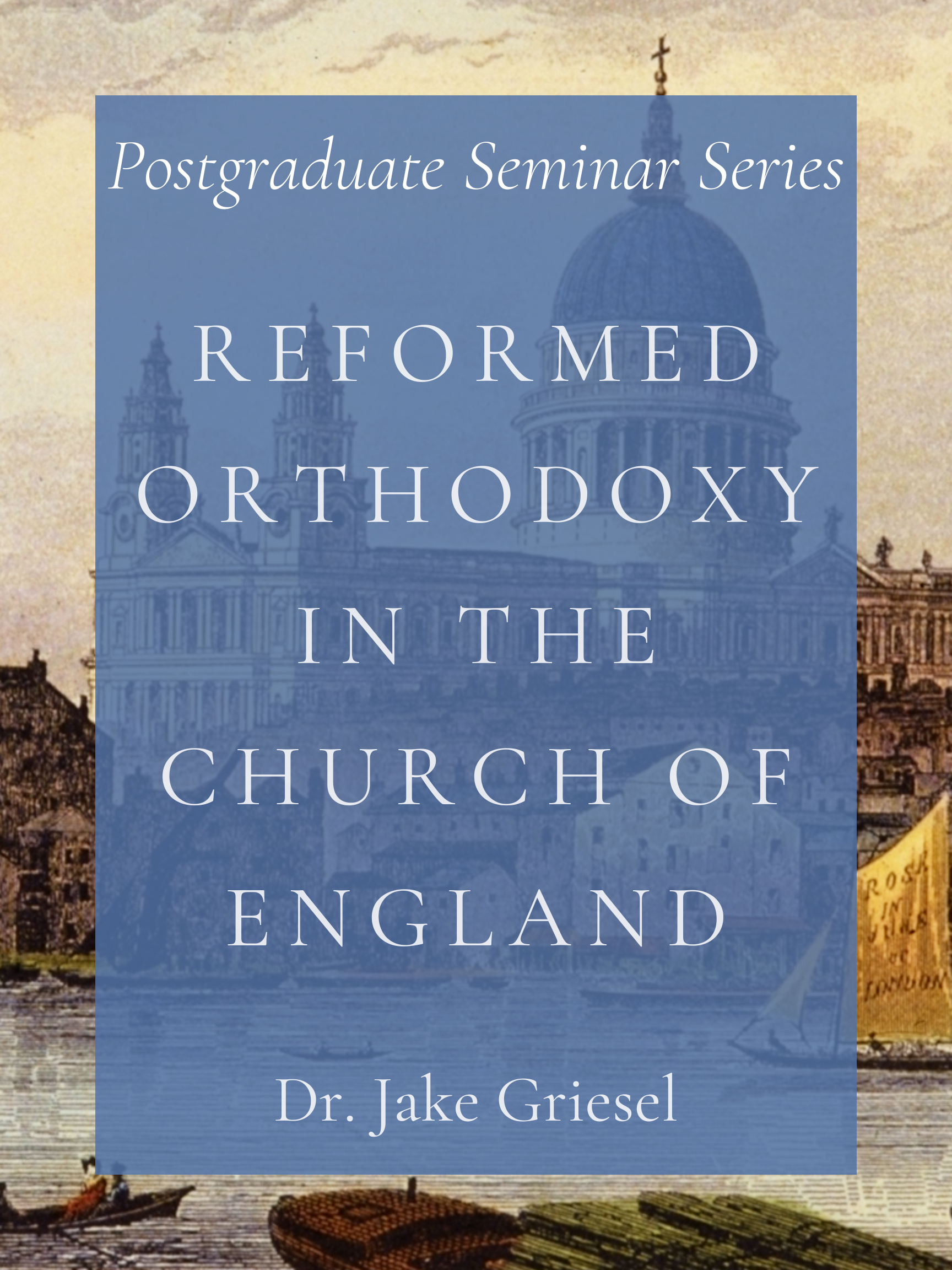 Image 1 of
Image 1 of


Reformed Orthodoxy in the Church of England, 1660-c. 1730
The conventional historiography has long depicted the post-Restoration Church of England as having shed itself of its earlier Reformed heritage. Historians have supposed that, after the Great Ejection of 1662, Reformed orthodoxy in England was almost entirely restricted to dissenters, whereas Arminianism became overwhelmingly dominant in the established Church before being challenged by the Calvinistic wing of the evangelical revivals of the 1730s and 40s. This presentation will challenge the foregoing narrative by considering the abiding strength of Reformed orthodoxy within the established Church between the Restoration (1660) and the dawn of the evangelical revivals (c. 1730). Particular attention will be given to how the Church’s Thirty-nine Articles and Homilies functioned as confessional authorities as post-Restoration Reformed conformists strove to preserve Reformed orthodoxy against Arminianism as the official orthodoxy of the established Church.
The conventional historiography has long depicted the post-Restoration Church of England as having shed itself of its earlier Reformed heritage. Historians have supposed that, after the Great Ejection of 1662, Reformed orthodoxy in England was almost entirely restricted to dissenters, whereas Arminianism became overwhelmingly dominant in the established Church before being challenged by the Calvinistic wing of the evangelical revivals of the 1730s and 40s. This presentation will challenge the foregoing narrative by considering the abiding strength of Reformed orthodoxy within the established Church between the Restoration (1660) and the dawn of the evangelical revivals (c. 1730). Particular attention will be given to how the Church’s Thirty-nine Articles and Homilies functioned as confessional authorities as post-Restoration Reformed conformists strove to preserve Reformed orthodoxy against Arminianism as the official orthodoxy of the established Church.
The conventional historiography has long depicted the post-Restoration Church of England as having shed itself of its earlier Reformed heritage. Historians have supposed that, after the Great Ejection of 1662, Reformed orthodoxy in England was almost entirely restricted to dissenters, whereas Arminianism became overwhelmingly dominant in the established Church before being challenged by the Calvinistic wing of the evangelical revivals of the 1730s and 40s. This presentation will challenge the foregoing narrative by considering the abiding strength of Reformed orthodoxy within the established Church between the Restoration (1660) and the dawn of the evangelical revivals (c. 1730). Particular attention will be given to how the Church’s Thirty-nine Articles and Homilies functioned as confessional authorities as post-Restoration Reformed conformists strove to preserve Reformed orthodoxy against Arminianism as the official orthodoxy of the established Church.

